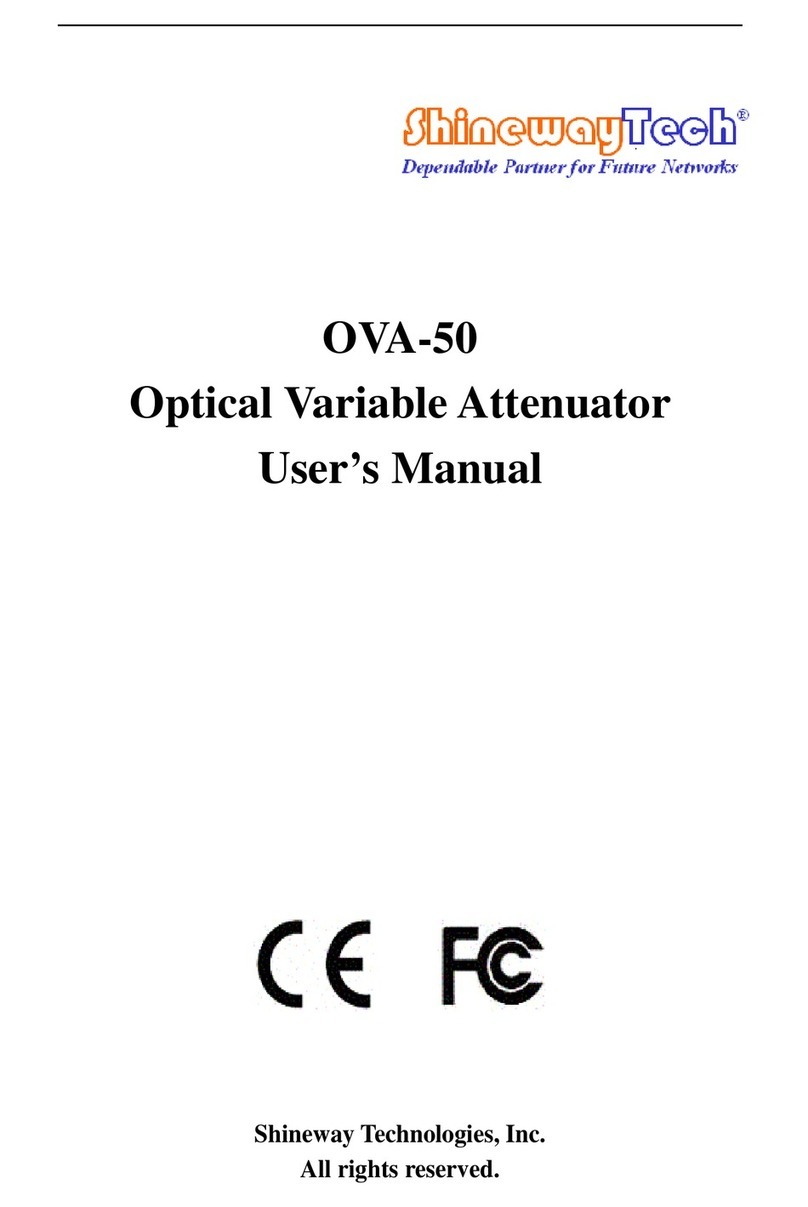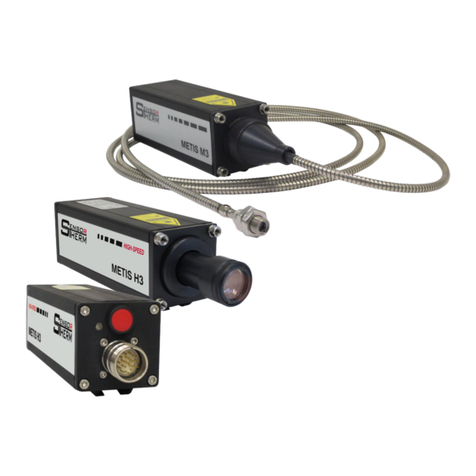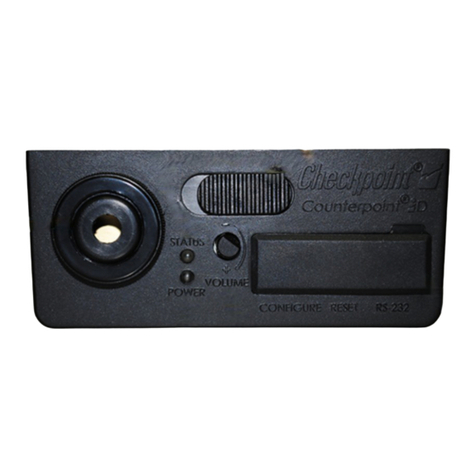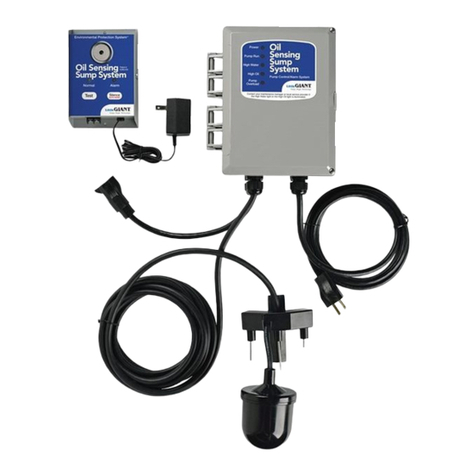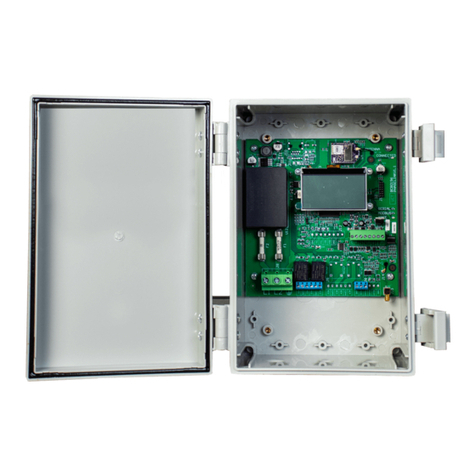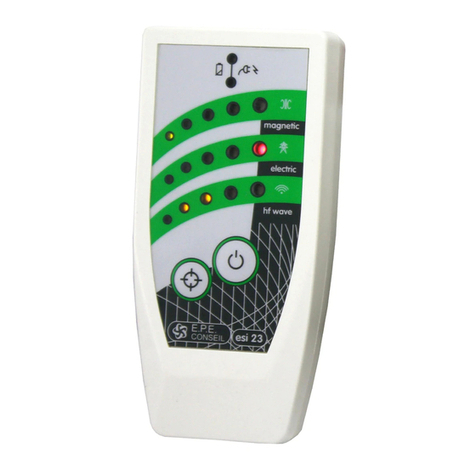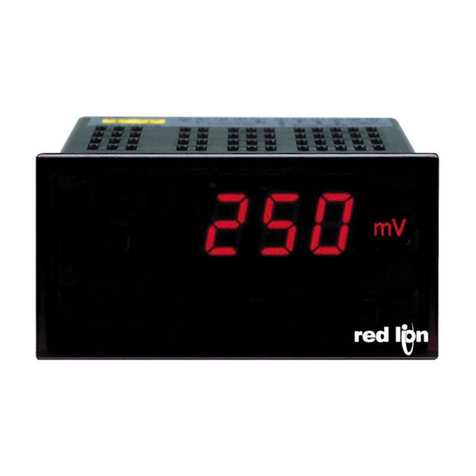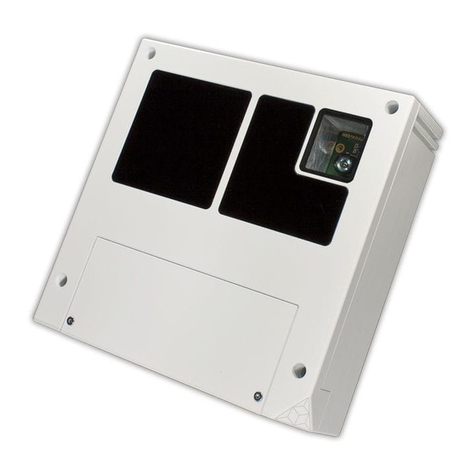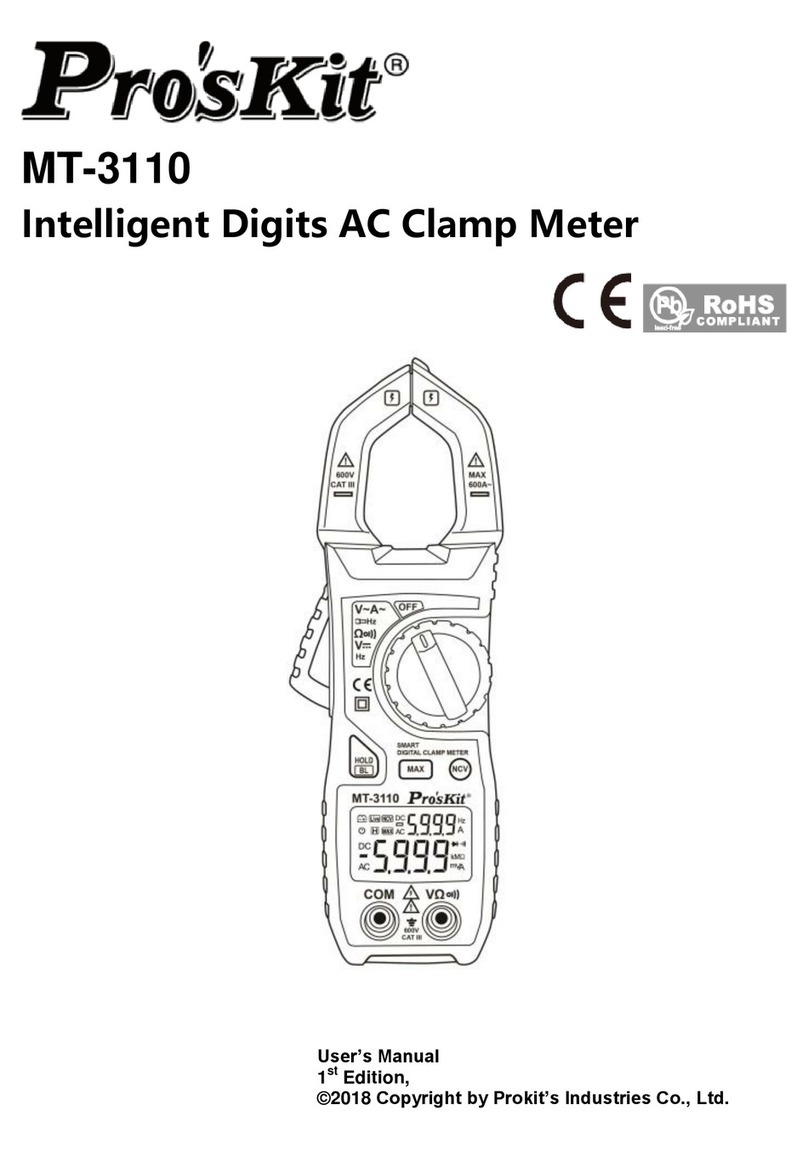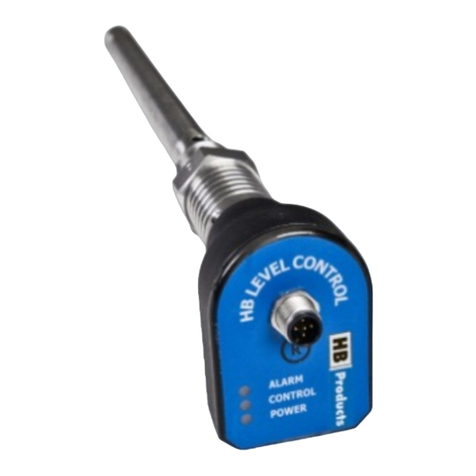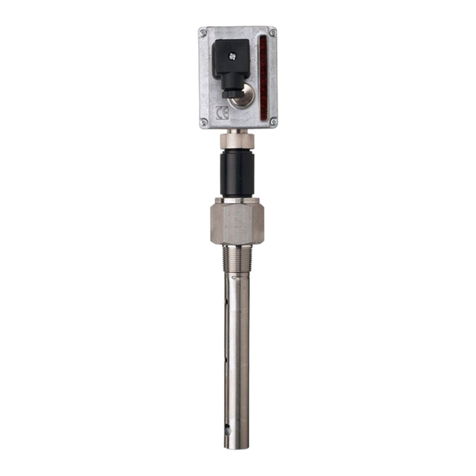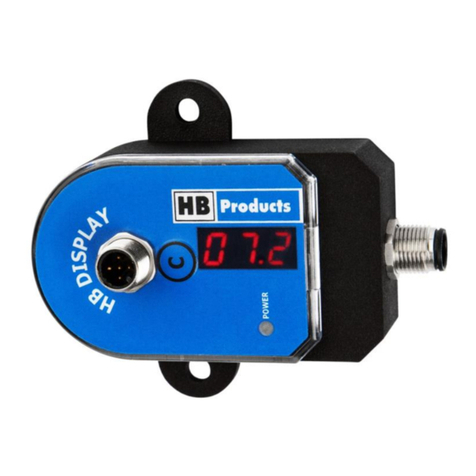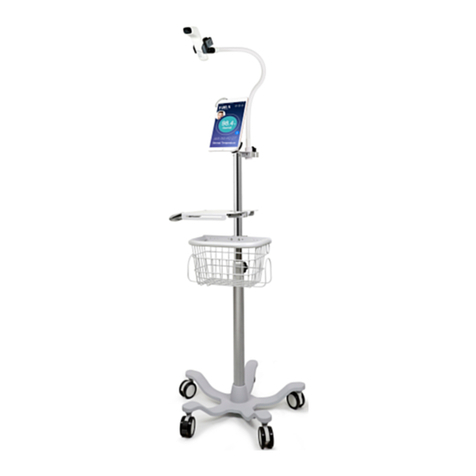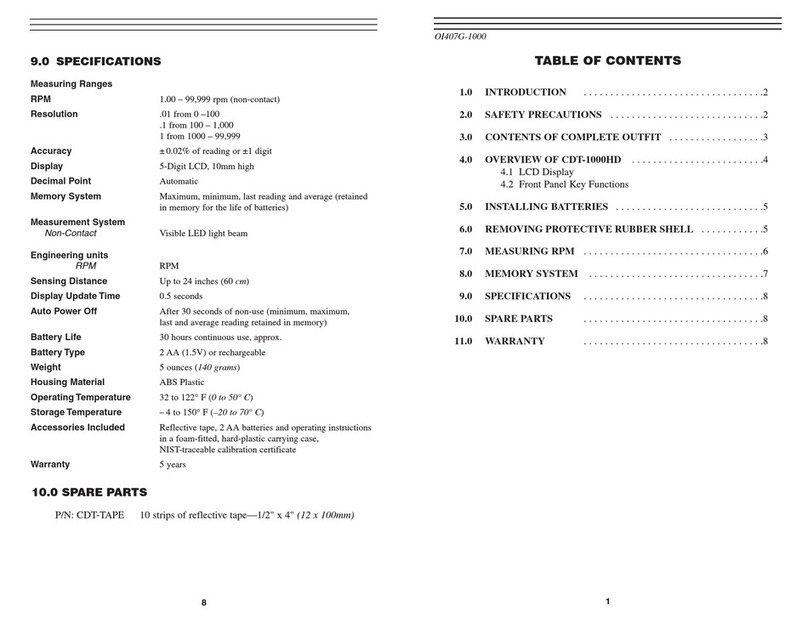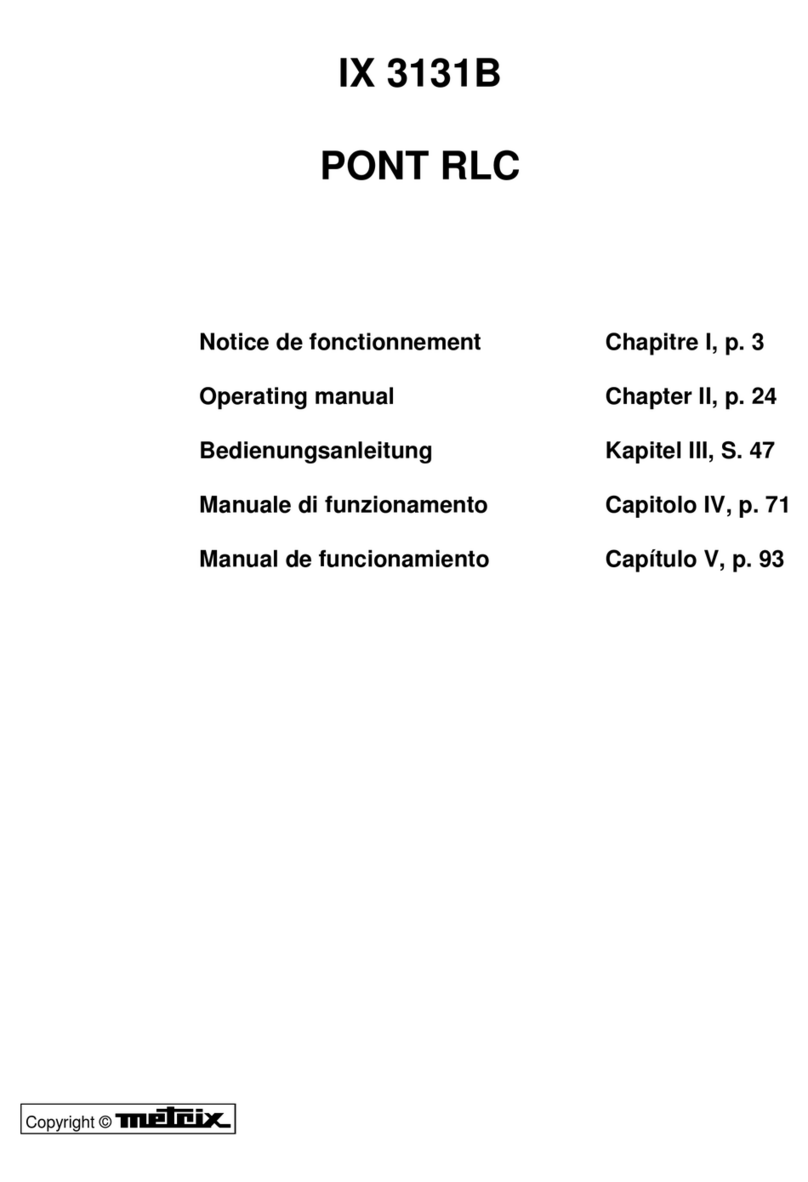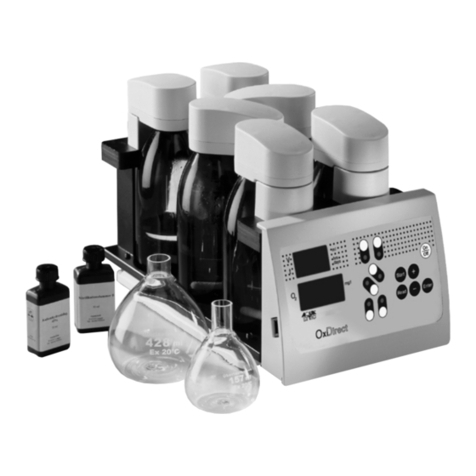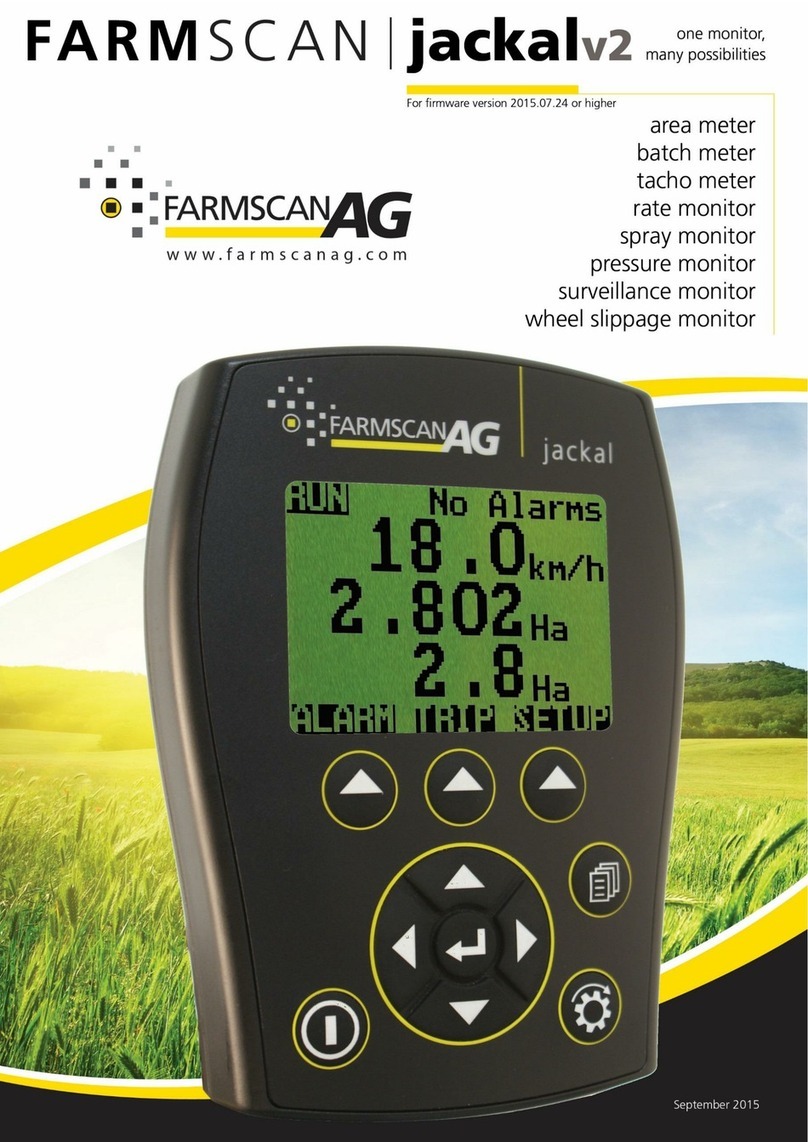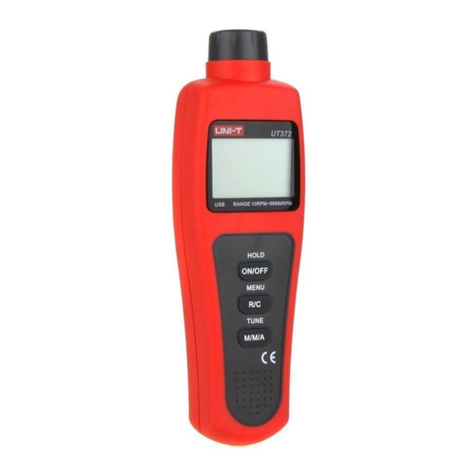HBDF mk2 instruction manual 15 EN June - 2021 WWW.HBPRODUCTS.DK 3 / 12
Installation
How to install the electronic box and temperature sensor
Installation of controller box and temperature sensor if used.
1) The sensor box is installed on the frame of the evaporator.
2) Ground wire should be connected to the frame. We recommend using stainless screw with a star
washer/disc and cover/applying silicone grease/compound around the connection to avoid
corrosion. It is important that the evaporator fins are connected electrically to ground –it will not
work without.
3) Normally installed with a standard unshielded cable. If the EMC is higher than described in
EN 61326, a shielded cable must be used.
4) If possible, look at the evaporator in operation and notice where the ice is formed and where the ice
remains during defrost.
5) The temperature sensor must be mounted between the fins at the bottom of the evaporator section
where the ice remains longest when defrosting. The tip of the temperature element is where the
sensor is located –make sure it is far away from the defrost heating source hot gas/electrical
element.
Where to install the wire
The built up of ice is very different depending on the type of system and the application. The wire must be between the
fins where ice will built-up. It can be on the inlet side, on the outlet side or in the middle of the evaporator.
If you have the overview of where ice is building up, you do not need to wire the complete evaporator if the area wired
is where you get ice. If you don not have any idea of where the ice will built-up this is the general rules:
•For direct expansion systems and brine systems: Ice will be formed close to the liquid inlet/expansion valve
and typically the area close to the liquid outlet will be free from ice due to superheat. The superheated area is
often on the air inlet side, and here the wire should not be installed as no ice built up here.
•For pump circulated system: Most ice will be formed close to the liquid outlet but in general the ice
distribution will better that for DX systems.
The wire can be installed on the air inlet side on the outlet side, or it can pass through the evaporator. Again, it depends
on the design and you should follow the liquid pipes depending on the type of system as described above.
How to install the wire
The wire can be fixed to the evaporator using three methods:
1. Going forth and back the pipes.
2. Using the special clips attached to the pipes.
3. Going through the evaporator
You can choose the method best suited for the evaporator if it is installed
where ice is formed. The most stabile installation method is to go forth and
back the pipes.












